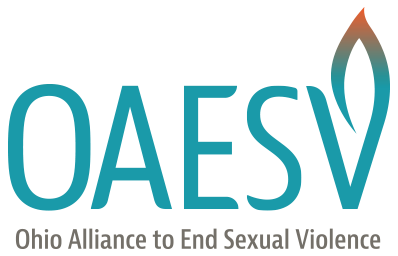Overview
OAESV’s Public Policy Team works closely with local rape crisis programs, other national, statewide, and local advocacy groups, survivors, and elected officials to develop long-and short-term public policy objectives and advocate for policy change.
OAESV develops and implements strategies to support the passage of laws and budget resolutions necessary to achieve those objectives. Our team reviews legislation introduced every year, identifies priority legislation, and tracks this legislation over the course of a legislative session. These bills range from addressing sexual violence and human trafficking; stalking; issues relating to family law, intimate partner violence, and child abuse; judicial matters; privacy and confidentiality issues; healthcare; economic and social justice-related issues; and more.
Legislative Sessions
OAESV is active in each legislative session. Access our most recent factsheets and legislative testimony here.
Action Center
Get involved in public policy advocacy.
Federal Policy Advocacy
Learn more about OAESV’s federal policy advocacy for Ohio.
